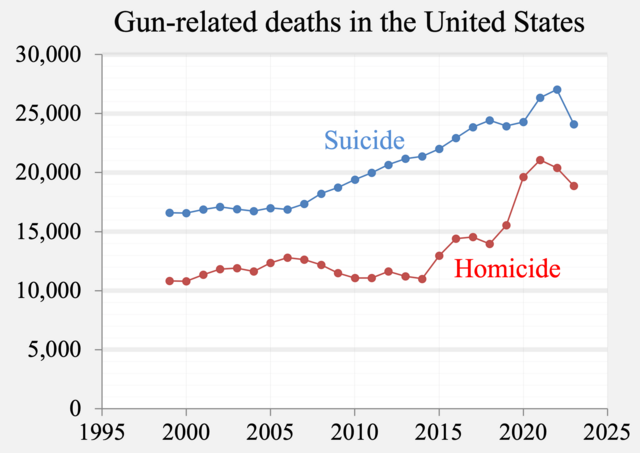I have been playing soccer since I was 4 years old. I watch professional soccer games every weekend and can argue for hours about which teams deserve to win each league and why. When I first heard the news of Abby Wambach’s retirement, I was heartbroken. On Oct. 27, at the age of 35, Wambach publically announced her retirement after 15 years of playing women’s professional soccer. Wambach is the leading scorer for both men and women in the history of international soccer, having scored 184 international goals throughout her career.
During her 12-year professional career, Wambach played for the Washington Freedom, the MagicJack, and the Western New York Flash in Women’s Professional Soccer. She began playing for the U.S. Women’s National team in 2001. She played in four women’s World Cups, and participated in three summer Olympics.
I can still remember the first time I saw Wambach play: It was in the 2011 women’s World Cup, where she scored many amazing goals and delivered her famous header that tied the game against Brazil in the semi-finals, which allowed the U.S. to win the following penalty kicks and go on to the finals. Ever since, Wambach has been a huge role model for me.
Throughout the 2011 World Cup, Wambach scored unbelievable diving headers in almost every game, making the front page of every publication in the country. Watching someone rise so high so quickly was inspiring and made me want to work harder as a player.
Even though the U.S. didn’t win the tournament, the team’s performance set the tone for the upcoming years. This past summer, I watched the 2015 women’s World Cup and was shocked at the number of new players who were on the field. Wambach had drawn so much attention to the game since 2011 that the team had almost been entirely recreated. Because of these new players and the hard work put in by the returning veterans, the U.S. won the World Cup, making it their third title since 1991 (when the first women’s World Cup game was played).
For many soccer fans, Mia Hamm’s legacy is the most memorable. I wasn’t alive during the era of Hamm, so Wambach is, to me, the leader of women’s soccer. She, along with the U.S. women’s team, has drawn an impressive amount of attention to the sport. According to Forbes magazine, the U.S.’s win against Japan in this past summer’s World Cup was the most-watched soccer event in the history of American television, bringing in about 23 million viewers. Statistics from U.S. Youth Soccer show that girls’ club soccer participation has risen 37 percent in the last 20 years, much of which I attribute to Wambach’s performance.
While Wambach’s retirement announcement was saddening, it also prompted me to remember her influence on women’s soccer. When I first heard the news, I spent hours looking up videos online of some of her amazing goals throughout the years. Reliving those fantastic moments in soccer wrapped me in nostalgia. Wambach made me want to become a better soccer player, and to earn my spot on every team I was on. She pushed for equality between men’s and women’s soccer, and is an inspiration to young girls across the country. Wambach made the game what it is today.






